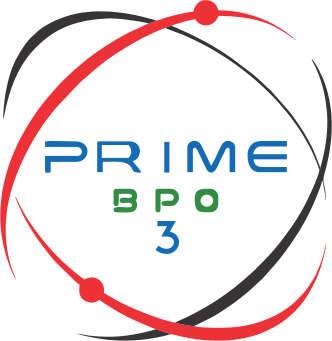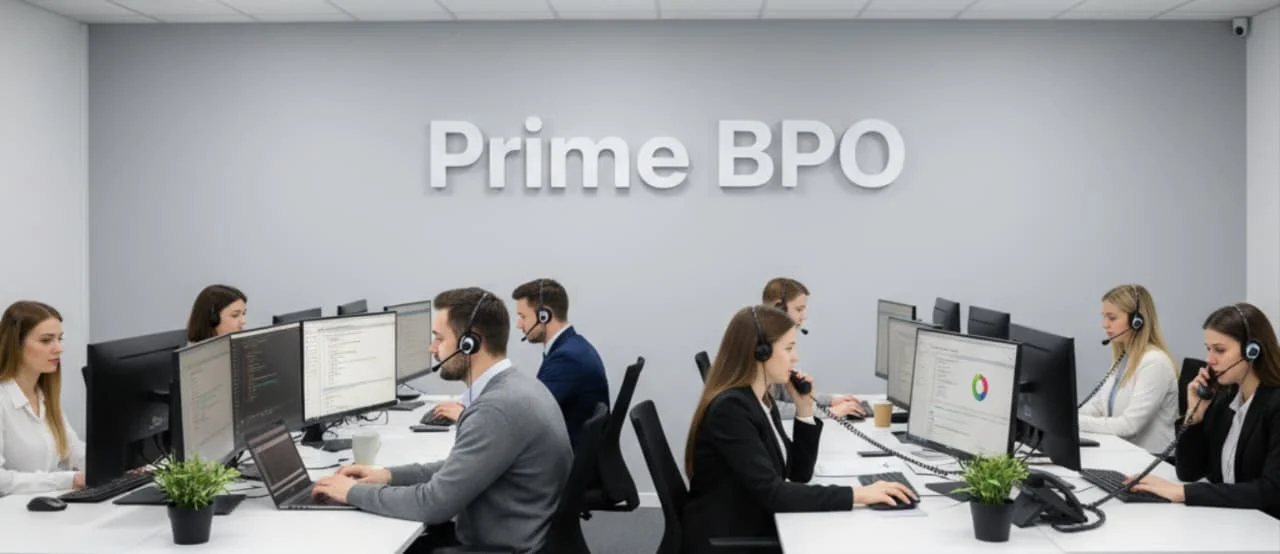Phone calls and Zoom meetings have surely become the new norm for business conversations. The result? Professionals have a substantial amount of recordings at their disposal for reference.
Sorting through all of these audio and video recordings to pull out the relevant information can be time-consuming. Fortunately, professionals can turn to call transcripts to review their conversations better and have a standing record of their shared data and quotes. Let’s discuss in detail about business transcription and many more.
Get Free Quotes
Customized Options Await
What Is Business Transcription?
Business Transcription can be defined as the service of converting audio files into verbatim transcripts for companies across industries ie., for all types of businesses. Every company that is registered with the stock market (NASDAQ, NYSE, etc..) has to comply with the condition of conducting every quarterly meeting on their business, hence updating their level and performance of the business to their investors and the people involved in their business.
Call transcription can be a huge time saver and offers record-keeping benefits that ease companies’ legal concerns. Plus, transcribing calls provides many additional benefits. With Verbit, companies enjoy greater searchability of call dialogues, accessibility for individuals with disabilities, and other significant advantages.
What is call center transcription?
Call center transcription is a textual record of an audio or video call. For example, when customer service representatives speak to a customer, they may record the call “for quality assurance.” The company can take that recording and use it to generate accurate, verbatim records of each conversation.
How do you transcribe a phone call?
In the past, transcribing a phone call meant that someone had to listen to the audio recording and type out the transcript. Unless you’re an experienced transcriber, the manual process was very time-consuming. It often involved a lot of rewinding and replaying the audio file to capture everything the speakers said.
Now, phone call transcription services can make the process much simpler. For instance, Verbit’s phone call transcription software automates and speeds up the entire transcription process. Plus, you can use it live to produce real-time transcripts to reference while still on a call – not just after the call.
Verbit can integrate into virtually any system to capture the audio and turn around transcripts live or within hours for recorded calls. Users can also upload the audio or video files to Verbit’s platform themselves if they prefer.
Conference call transcription
Conference calls typically involve calls between multiple people. In many cases, video meetings on Zoom have replaced the need for standard calls. In either scenario, effective conference call transcription requires capturing the speakers’ dialogue word-for-word.
Sophisticated transcription solutions can also include markings like speaker identification, so transcripts attribute words to the correct participant. As a result, using this format can make the final transcript far more useful.
How do you transcribe a conference call?
Using conference call transcription services that integrate with platforms like Zoom makes creating a fast, accurate record simple. With Verbit, you can generate live transcripts within calls in real time or record your Zoom calls to transcribe them after.
Verbit’s conference call transcription offers call searchability as well. It works by syncing with the video file so that professionals referencing the transcripts can search for key terms they’d like to reference. When you search for a term, the software takes you to the exact places in the video where the speakers mention that key term. This time-saving feature helps professionals pull out data points, quotes, and other items easily and quickly.
9 Tips to Start and Grow a business transcription
The business transcription is a great way to make money from home and is a remote profession quickly gaining popularity. Transcriptionists can work as little as they want, and there is a lot of demand for transcription services.
Whether you're just getting started or are looking to grow your transcription business, here are nine tips that should help you in your endeavors.
1. Get Your Finances in Order
With starting any other business, getting your finances in order is the first crucial step. This means knowing how much money you have to start your business and creating a budget for your business expenses. You'll also need to determine what pricing structure you'll use for your business transcription services.
If you need to get further ahead of things, start thinking of the proper accounting strategies to keep your cash flow in check. Think of what methods you'll use to invoice your clients and how you'll track payments.
It's also essential that you have a plan for what you'll do with any profits you make. Will you reinvest them back into the business, or will you take them as income? Knowing this from the start will help keep your financial goals in check as your business grows.
2. Create a Business Plan
Creating a business plan is among the most important steps you'll take when starting a transcription business. This document will serve as your roadmap and help keep you on track as your business grows.
Include information on your target market, services offered, pricing, and marketing strategies. You should also include financial projections for the first few years of operation.
3. Choose a Focus Transcription Niche
There are many different types of transcription, including medical, legal, business, academic, and general transcription. Choosing a niche will help you hone your skills and market your services to the right clients.
For example, if you're interested in working with businesses, you could specialize in transcribing conference calls or interviews. If you're interested in the medical field, you could transcribe doctors' notes or medical records.
However, a general transcriptionist provides a wide range of services and can work with any audio file. The key is to find a niche that you're passionate about and see yourself working in it for the long haul.
4. Price Your Services Appropriately
One of the most important aspects of running a transcription business is setting your prices. You'll need to consider the time it takes to transcribe a record and the type of transcription services you're providing.
For instance, you'll charge higher rates if you're providing medical transcription services as you need to be familiar with medical terminology. This will likely take you longer to transcribe than a general recording.
You'll also need to decide whether you want to charge by the hour or the project. If you charge by the hour, make sure your rate aligns with other transcriptionists in your area. If you charge by the project, make sure you consider the time it will take to transcribe the recording and any editing or proofreading that needs to be done.
5. Know When to Outsource
As a growing business, you'll always get transcription gigs out of your area of specialization or get more work than you and your team can handle appropriately. In such cases, it's best to outsource the transcription to a specialist or another company.
Outsourcing is also useful when you have a difficult recording that needs to be transcribed, such as a recording with many speakers or poor audio quality.
6. Boost Your Marketing Game
Marketing is key to any business, and transcription is no different. You need to let people know that you exist and are ready to take on their transcription needs.
There are several ways to market your transcription business. You can start by creating a website and social media accounts and actively sharing your content. You can also reach out to potential clients directly and let them know about your services .
Another way of marketing your transcription services is to reach out to potential clients who might need these services and offer to do a test job for them. This will allow you to showcase your skills and build up a client base.
7. Get Ready for Digital Nomadism
A great thing about being a transcriptionist is working from anywhere. You need a computer, transcription equipment (headset and a foot pedal), and an internet connection, and you're set to go. This makes it the perfect job for digital nomads who want to live a location-independent lifestyle.
However, if you're thinking of becoming a digital nomad, there are a few things you should keep in mind.
First, you'll need to make sure you have a steady income coming in. Transcription work can be sporadic, so it's essential to have other sources of income as well.
Second, you'll need to find a place to live that has good internet access and is relatively quiet so you can work.
And third, you should make sure you have a backup plan if transcription work dries up.
Get Free Quotes
Customized Options Await
8. Optimize Cloud Technology
Several great cloud-based transcription tools are available to help you optimize your workflow and get transcripts out to clients faster.
These tools can help you quickly transcribe recordings and then edit the transcript directly in the tool. This can save you more time than transcribing manually and then editing in a separate document.
9. Find Long-term Clients
Once you have a few clients, it's essential to find long-term clients who will give you consistent work. These clients are usually businesses or organizations that need transcription regularly.
To find these clients, you can network with other professionals in your field, search online job boards, or cold pitch potential clients.
Conclusion:
The transcription world is constantly changing, and it can be tough to keep up with the latest trends and technologies. But by following these tips, you can start and grow a successful transcription business. With a little effort and good marketing, you can build a thriving business that provides transcripts for various clients.
References:






